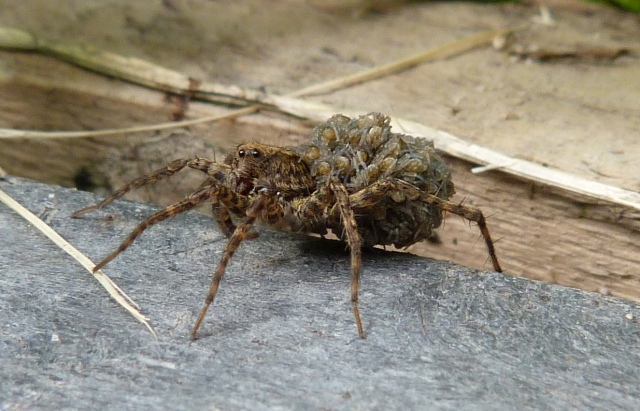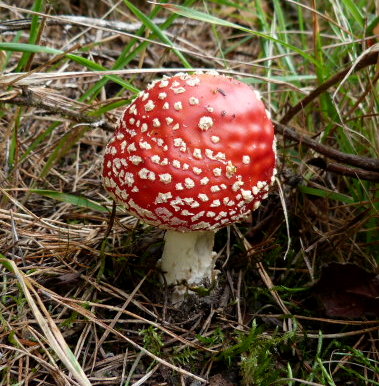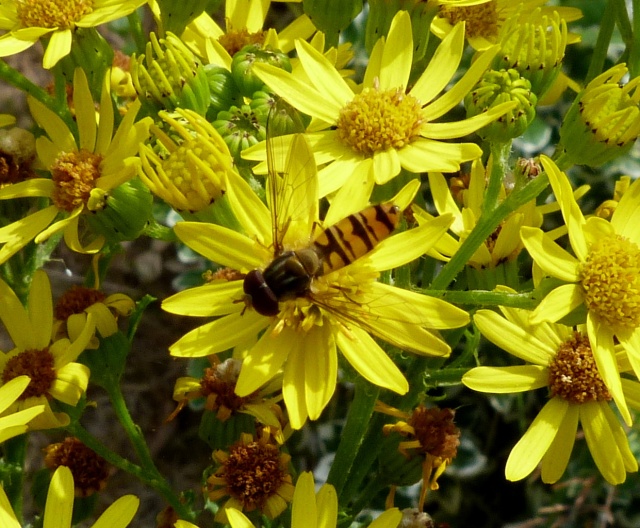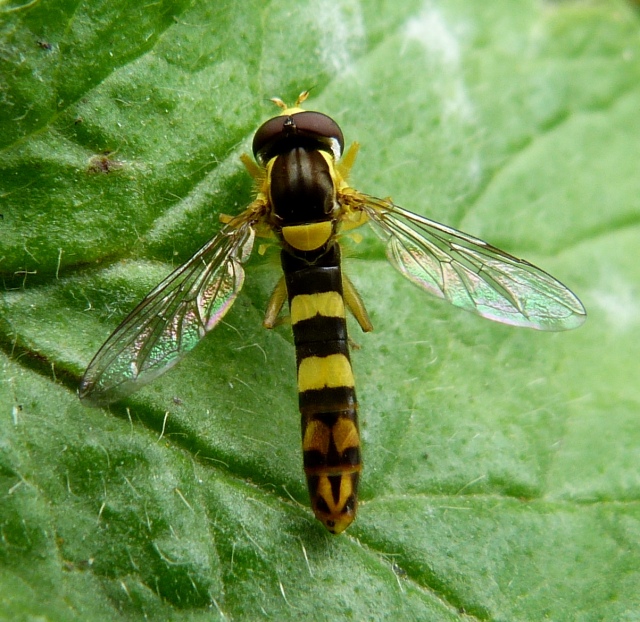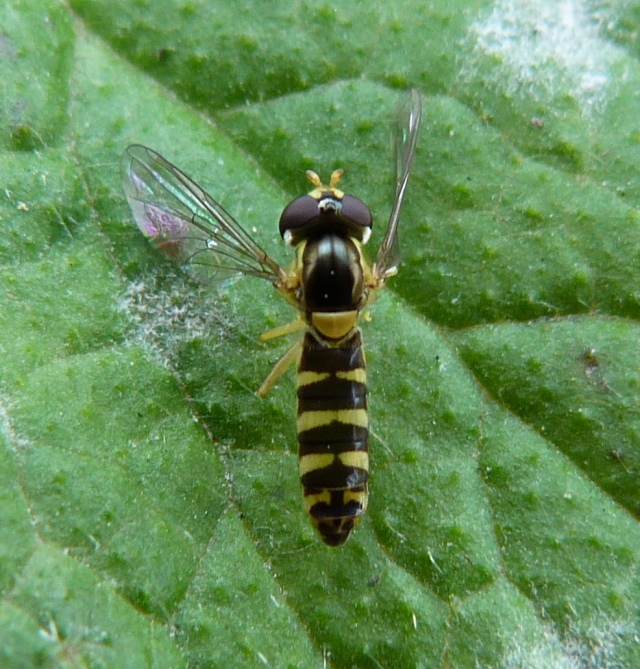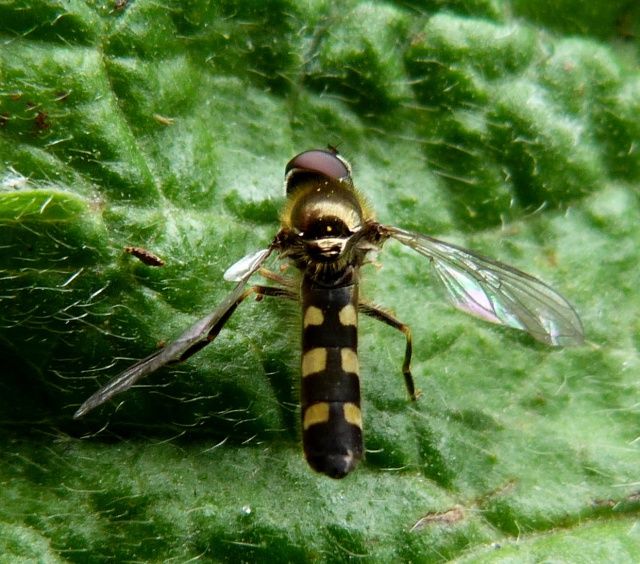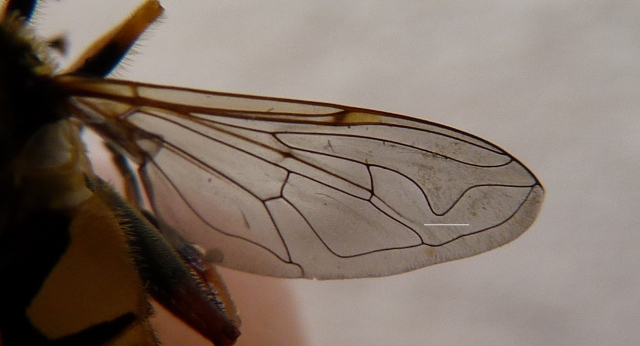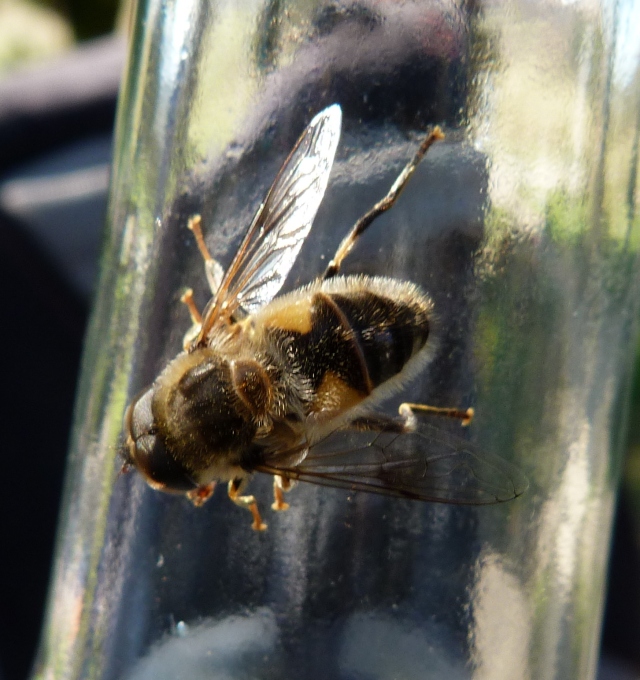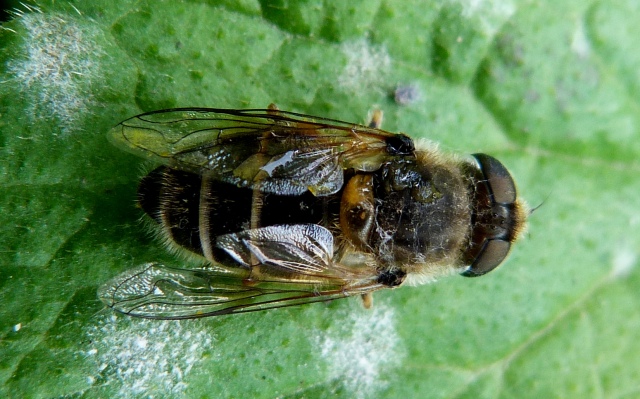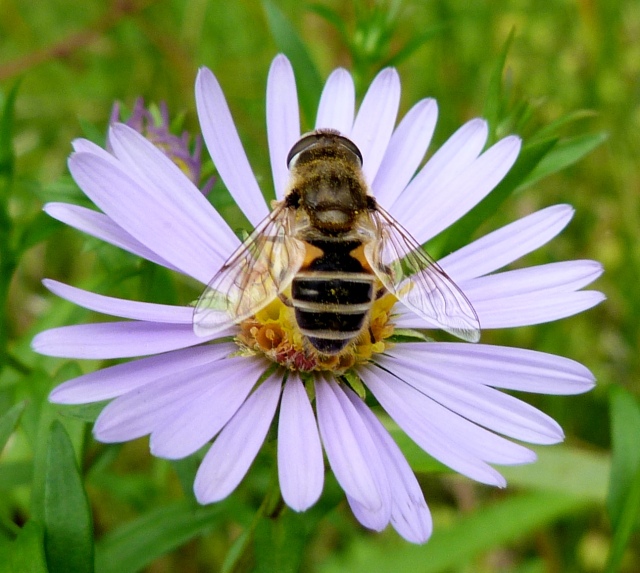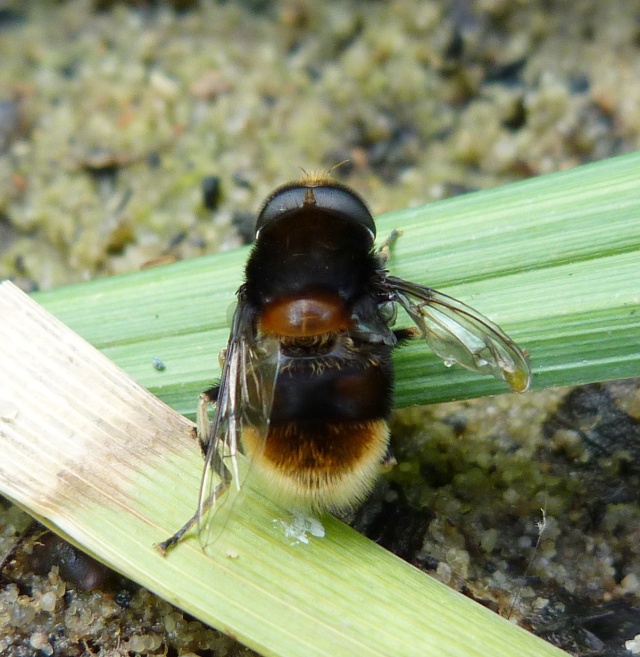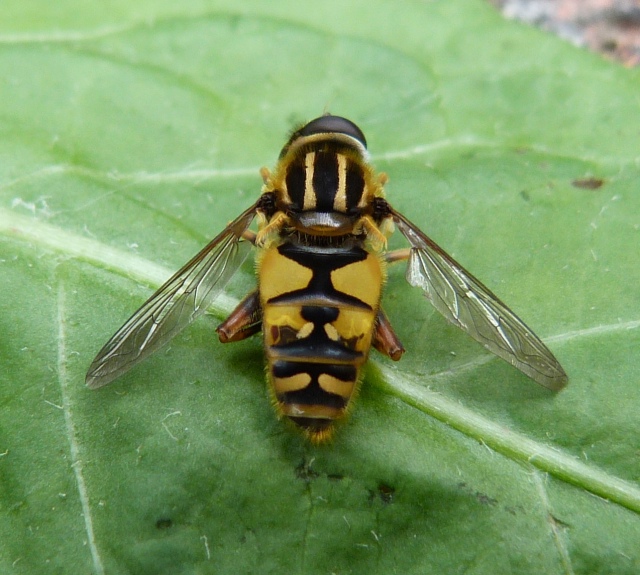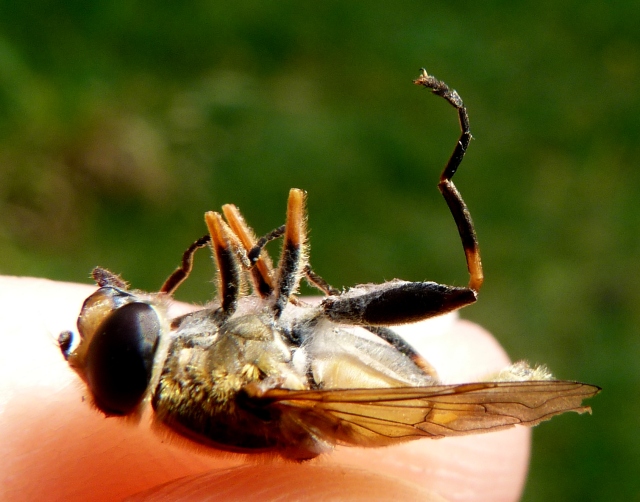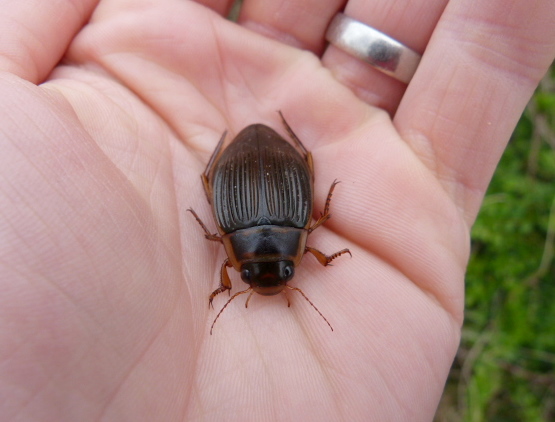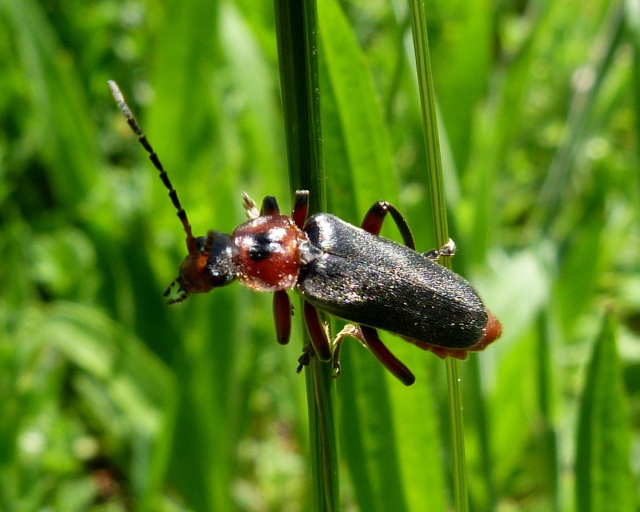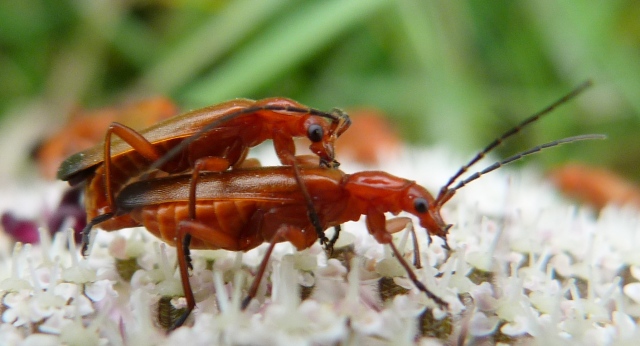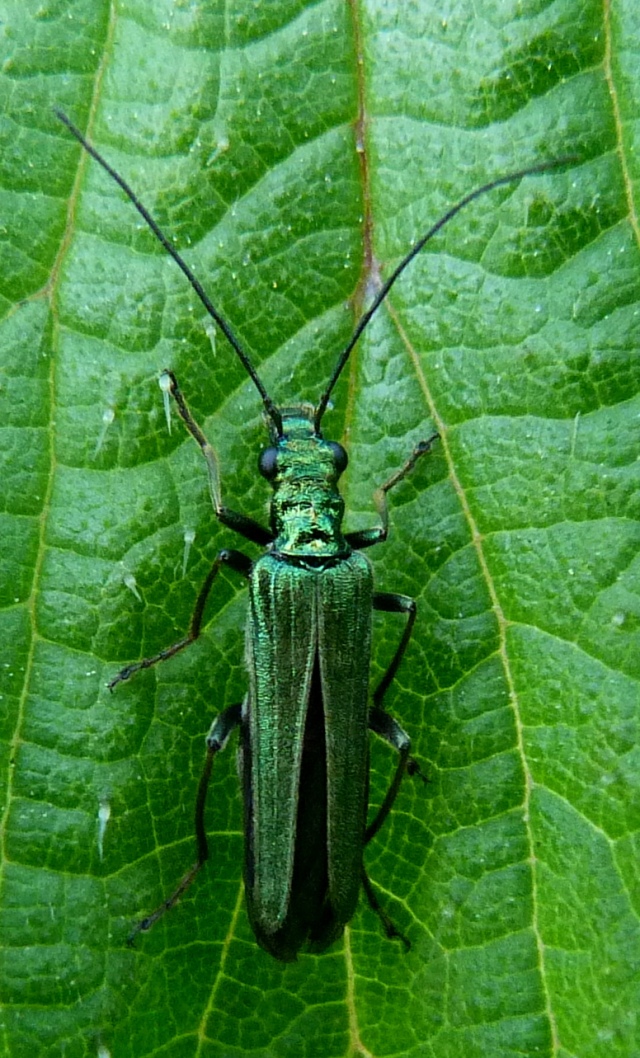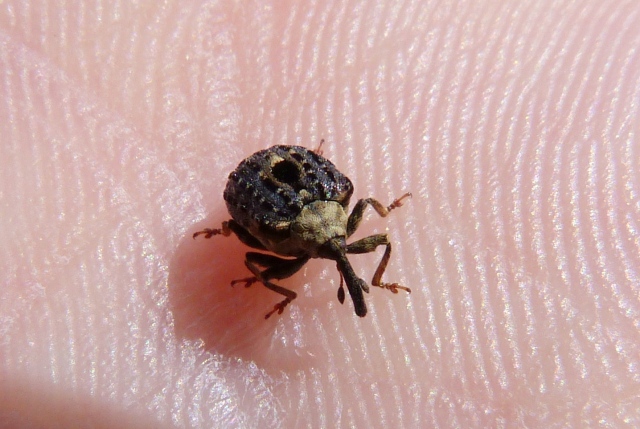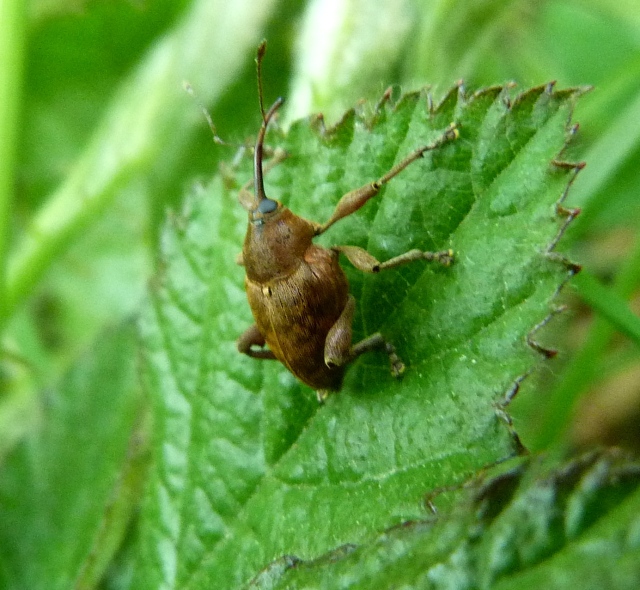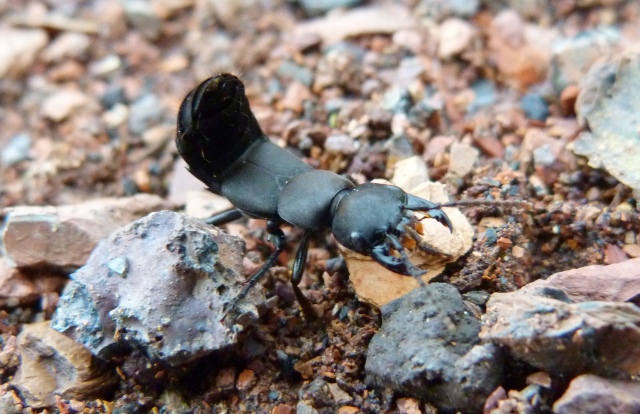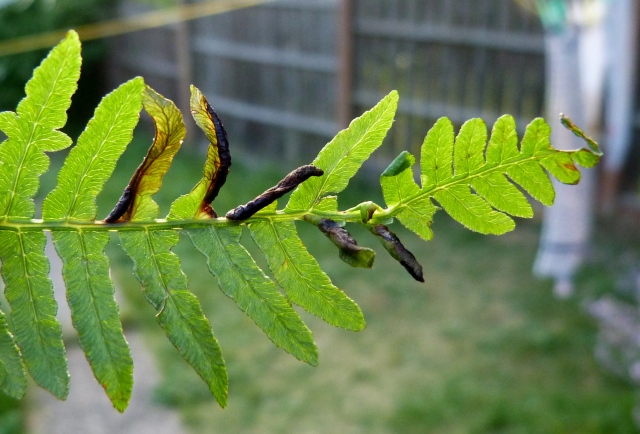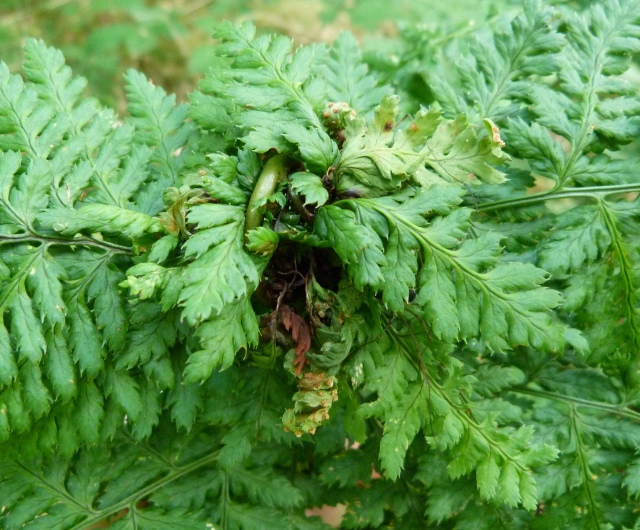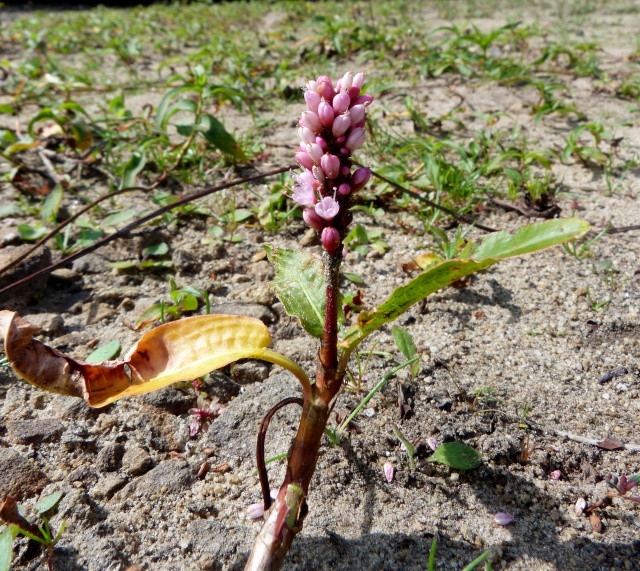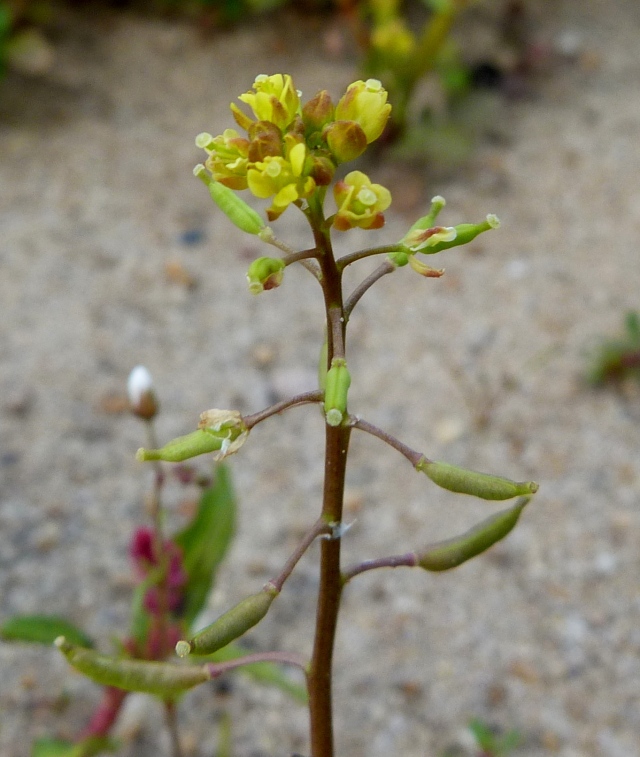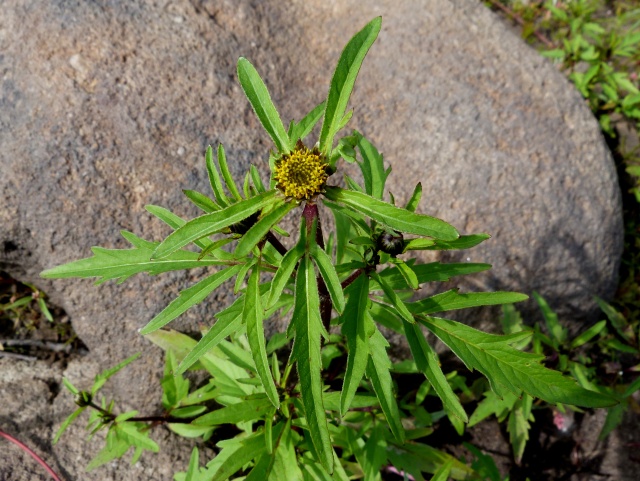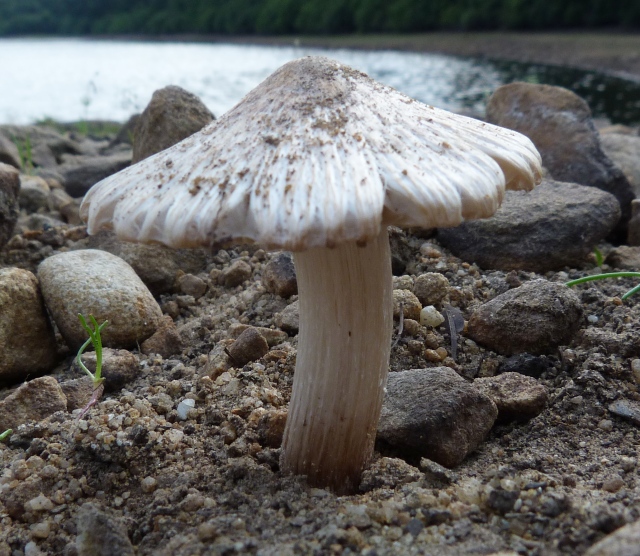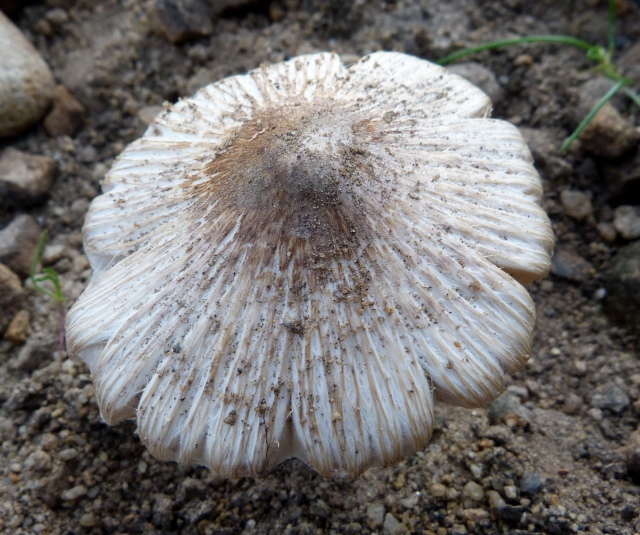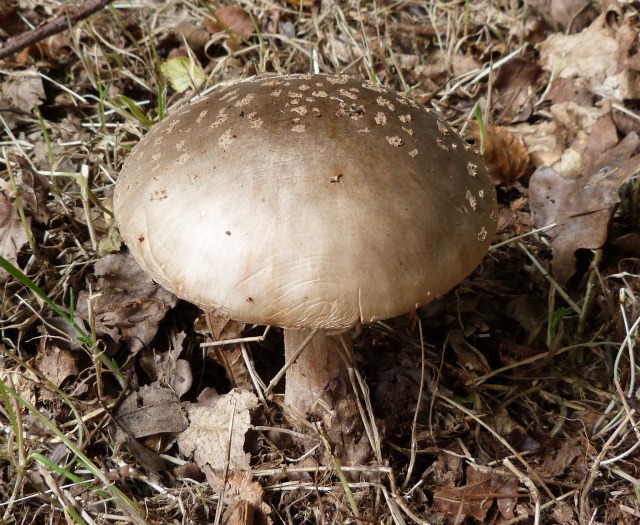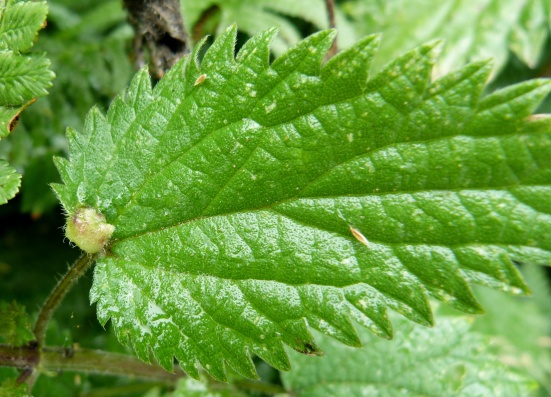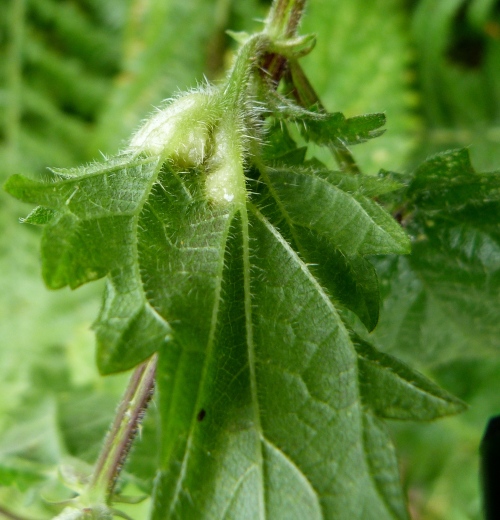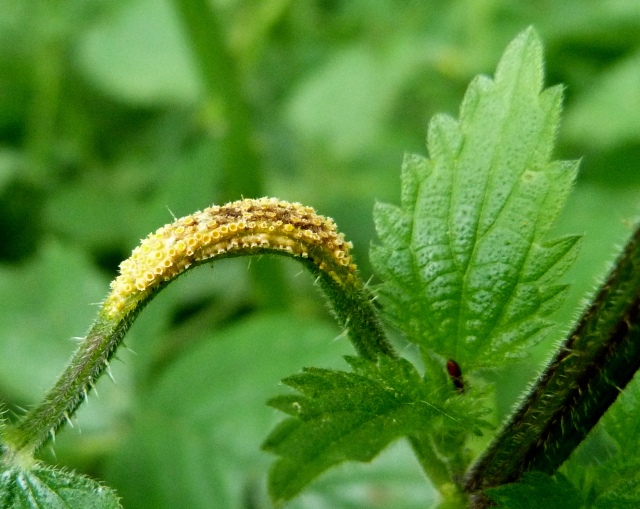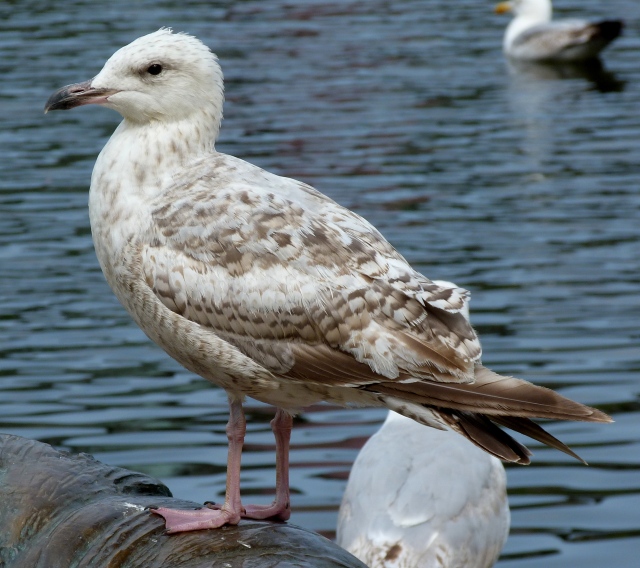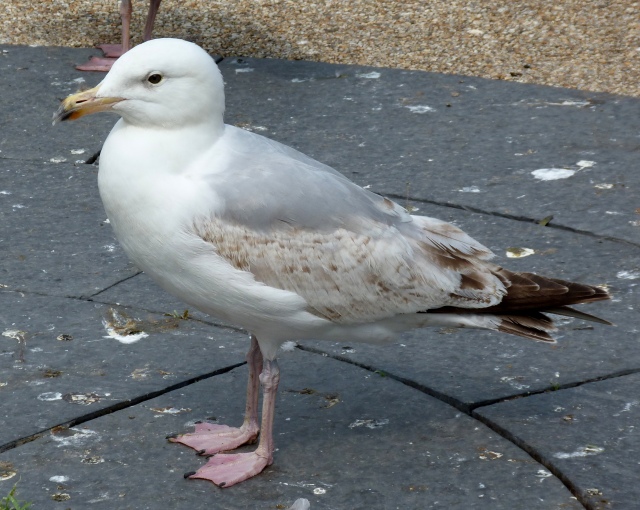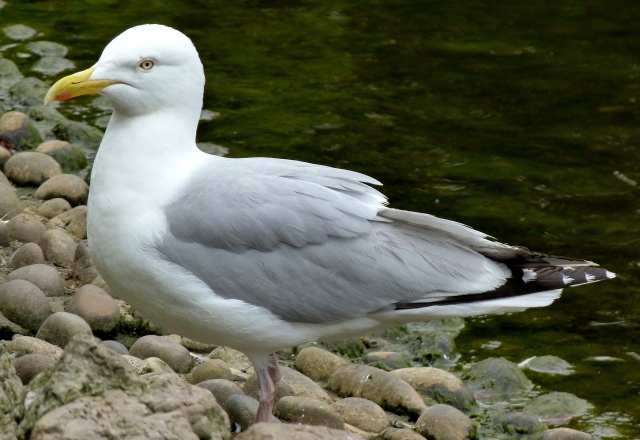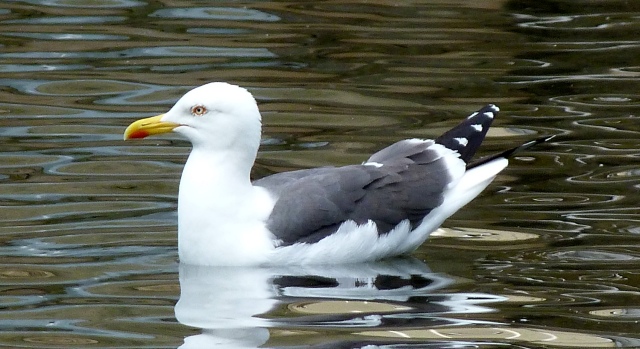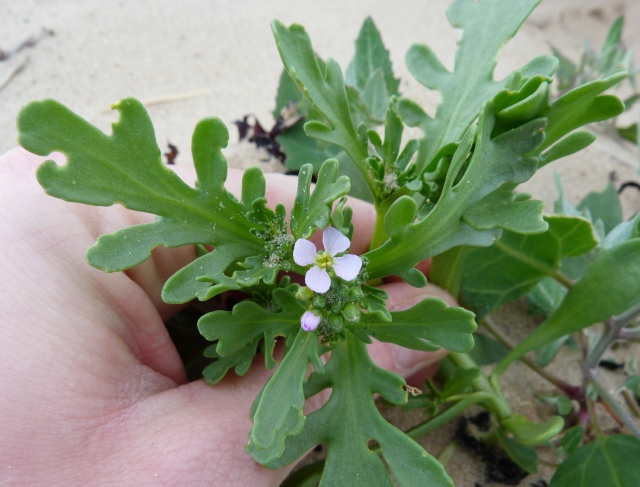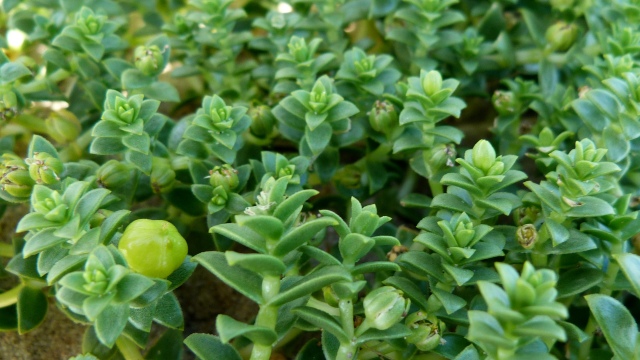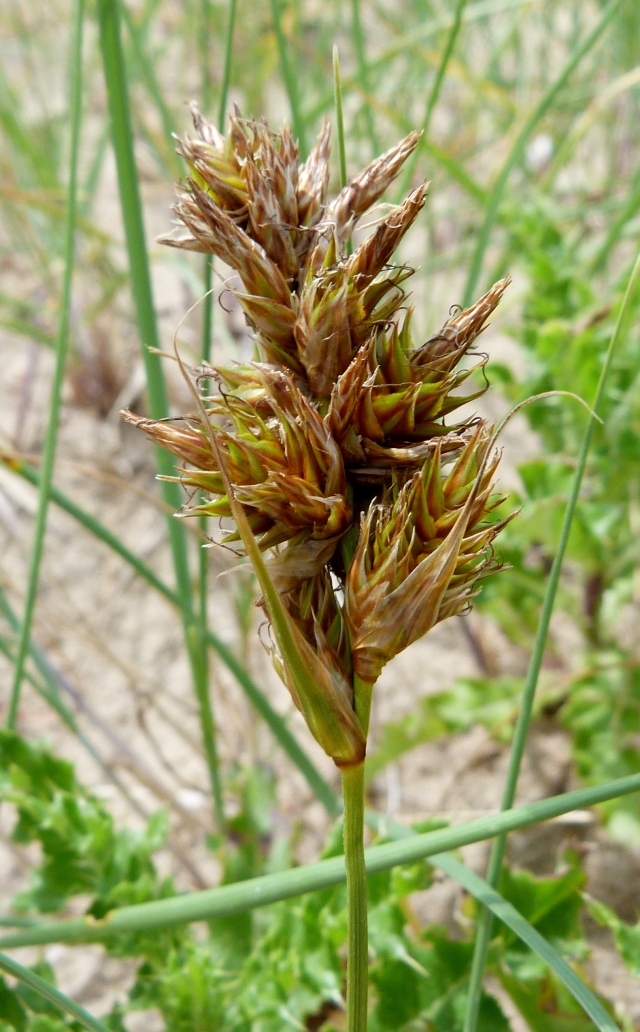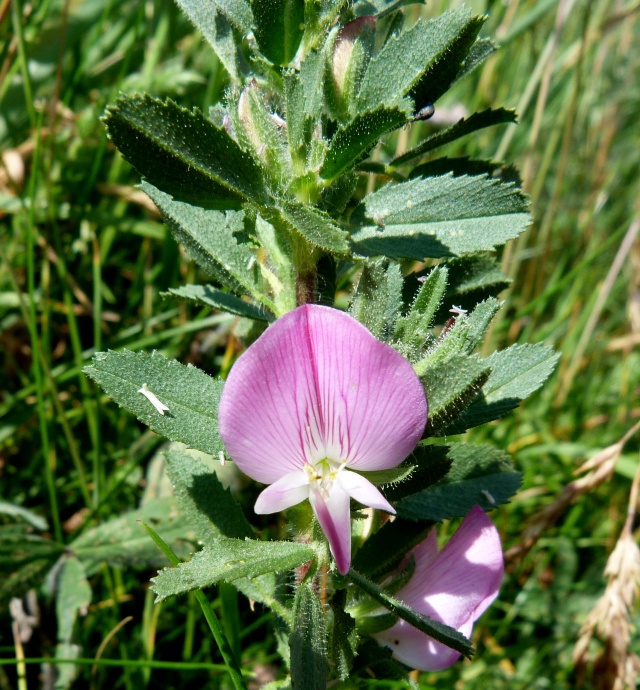Continuing the series of Blogs on Bugs, here’s a collection of some of the bugs that I’ve found over the summer with hopefully helpful tips in identifying the things! Some are strikingly marked whereas some are not so and pose some ID diffculties! Hope you enjoy!
The following bugs are all Plant bugs. Here’s the first;
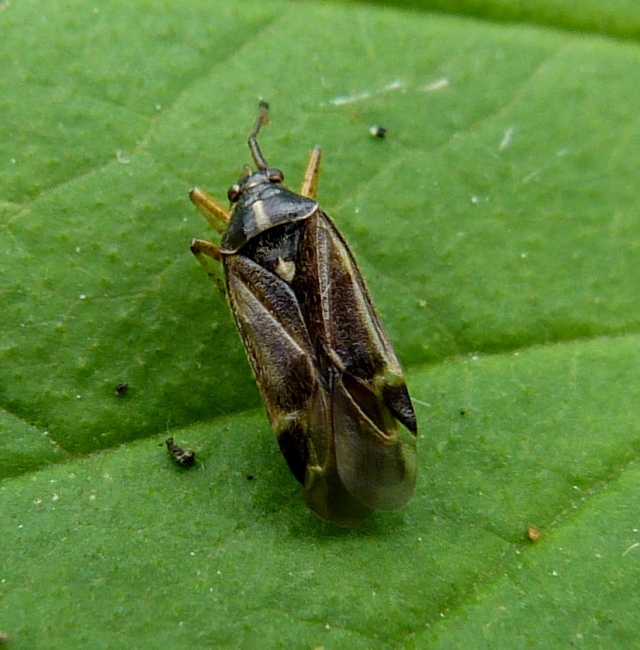
One of the earliest bugs to be seen in the year commonly found on Oak – Harpocera thoracica. Once seen a couple of times its general appearance makes it easily recognised. This individual is a male, dark in colour with a white stripe down the middle of the pronotum.

This is the female. Slightly more oval in shape and very different in colour being an orangy-brown. You can make out a yellowish stripe down the middle of the pronotum.
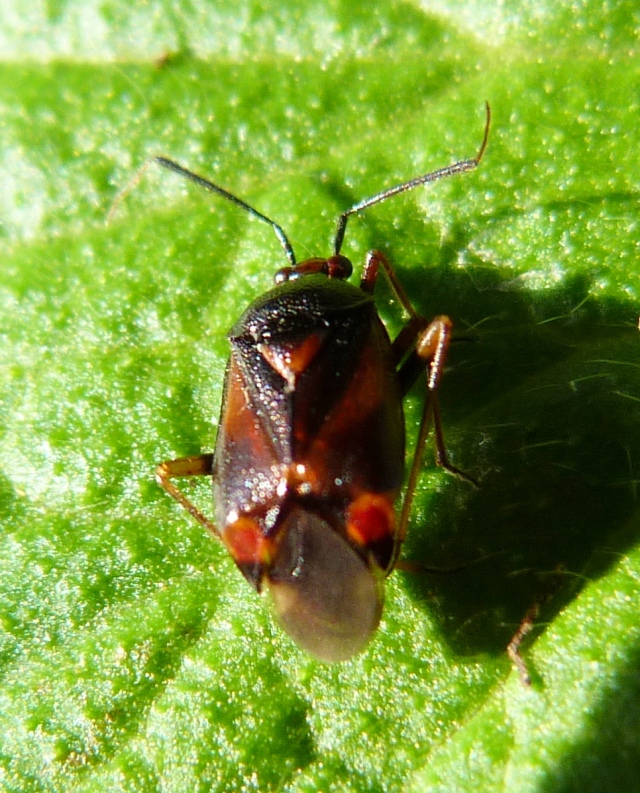
This is Deraecoris ruber. It’s colour ranges from orange to black as in the photo. A decent sized bug and as the above species, when seen a couple of times its general appearance gives it away. The very dark colour of the bug in the photo suggests it’s a male. Found on a range of plants particuarly Nettle.
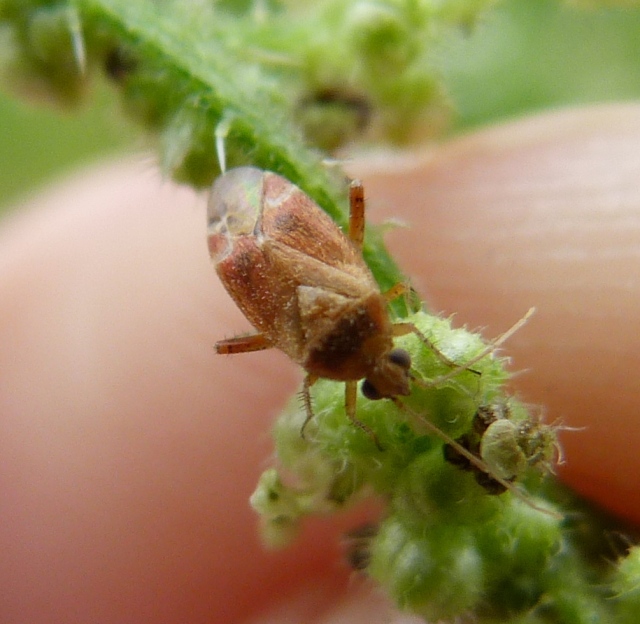
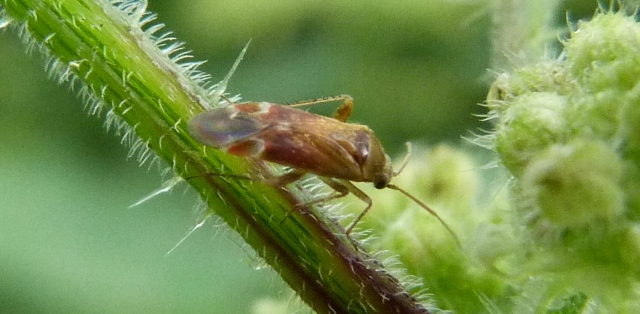
This small reddish-brown bug is Psallus varians. It’s general appearance gives it away as a Psallus species but they’re quite a tricky group to identify. In order to identify it I contacted friend and bug expert Jim Flanagan for help. He informed that it looked like P.varians. Sometimes you need a little help!
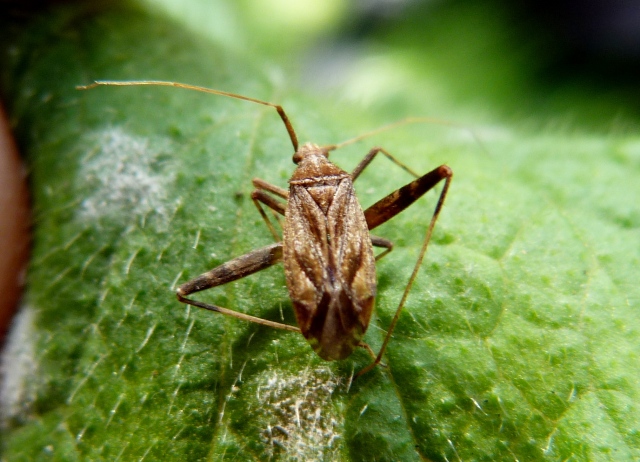
This is Phytocoris varipes. Phytocoris species are easily recogniseable due to the long hind femora and long 1st antennal segment. Also, the angle at which they hold their legs is helpful. There is a similar species, P. ulmi but this is more uniformly marked and another very scarce species called P. insignis which is confined to heathland in the south. P. varipes is a common species feeding on the flowers and fruits of a range of plants.
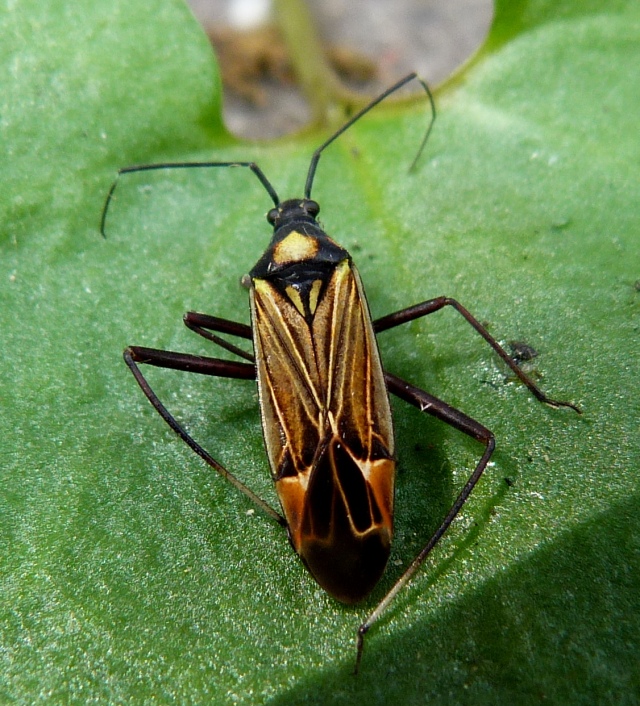
This striking bug is Miris striatis. Fairly large with distinctive body markings. Found on Oak and Hawthorn generally it is predatory feeding on small insects. It can only be possibly mistaken for Rhabdomiris striatellus (below);
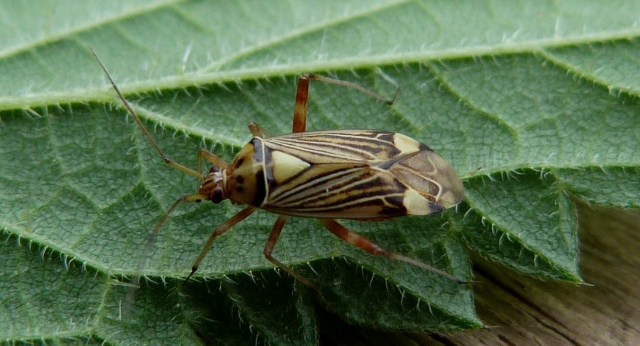
Similar body markings to M. striatis but the body is more oval shaped. This bug is found on Oak.
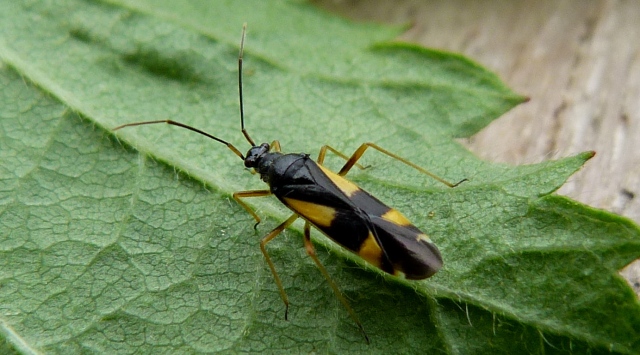
One of several black and yellow bugs this is Dryophilocoris flavoquadrimaculatus. A common species found on Oak.
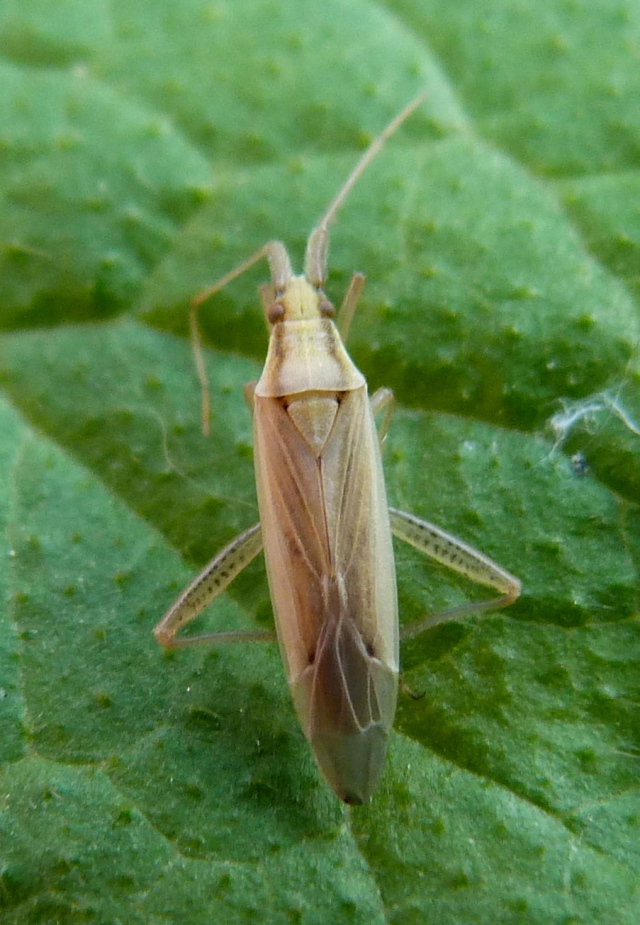
This is one of several similar looking bugs also known as grass bugs which are sometimes difficult to seperate. Above is Stenodema leavigatawhich have a noticeable spur on the hind femora as some species do. I found the individual above just as it was moulting from a nymph to adult. I was then able to see a helpful feature as a nymph which was two red stripes running down the abdomen. Adults overwinter and mate in the spring turning green in colour the new generation are straw coloured as the one above. A common species feeding on the unripe grains of a number of grasses.
The next 4 are all ”little green bugs”. There are many species of green bugs that are quite non-descript and quite tricky to identify. In alot of cases males are needed and close examination of the genatalia is needed to confirm identity.
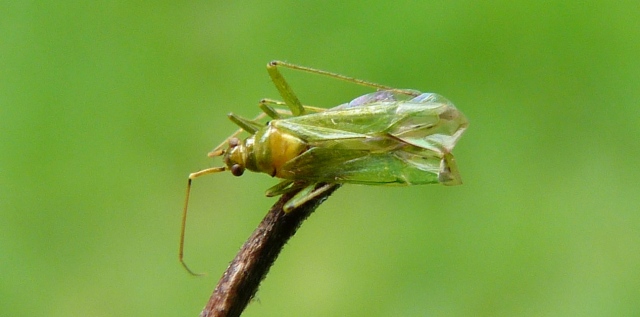
The first is one of the easier to identify. This is a Black-kneed Capsid (Blepharidopterus angulatus). In the photo you can just make out black bands or patches on the knees giving the bug its name. This individual has quite a yellow scutellum but the depth of colour is very variable. A very common species found on a variety of deciduous trees. It is partly predatory and red spider mites constitute a large part of its diet.
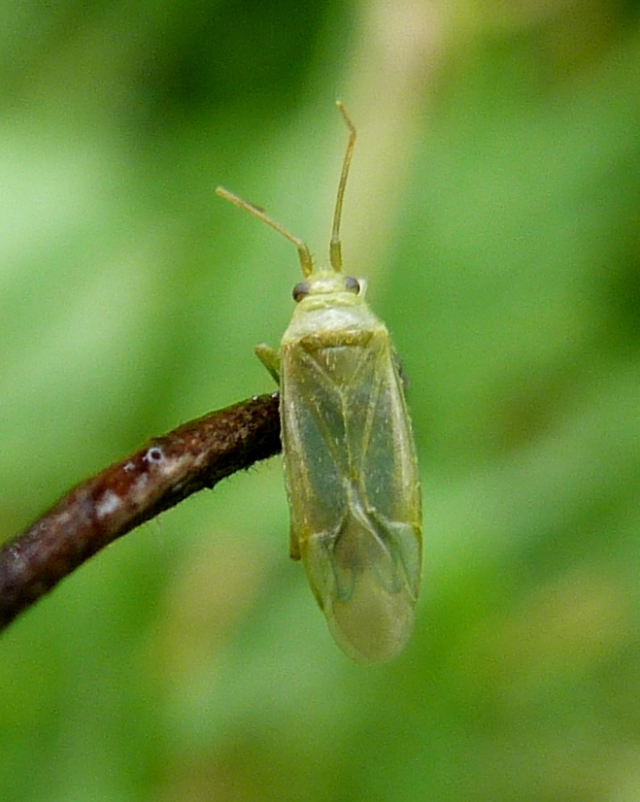
This ended up being one of the not so easy ones! This is an Orthotylus species. Now determining species on external features alone is very difficult and examination of the genatalia is needed really for confirmation of species. A couple of features to notice are that the veins in the wing membrane are a greenish colour and you can see that the body is covered in dense pale hairs. These and the fact that I found it on a willow (Salix sp.) points to it being O. marginalis. However, like I mentioned it needed to be checked more thoroughly.

For this one I sought the help of Jim Flanagan again. I just potted it up and handed it to him! Luckily it was a male and it turned out to be a Common Green Capsid (Lygocoris pabulinus). As the name suggests it’s a common species and is found on a range of plants.

Last of the green’uns is Plagiognathus chrysanthemi. A little easier to identify as it’s more oval in shape and is covered in dark hairs which you can make out in the photo. You can also see dark hairs on the legs which are set in black spots.
And finally, the last bug to feature is a Lacebug.

The general appearance is characteristic of the very pretty Lacebugs. This is a Creeping Thistle Lacebug (Tingis ampliata). It is commonly found on its’ hostplant Creeping Thistle (Cirsium arvense). A very similar species is the Spear Thistle Lacebug (T. cardui) and you can probably guess its’ hostplant is Spear Thistle (C. vulgare).
Well, thats all the bugs for this summer I think. Here’s a quick link to the last blog on these overlooked but stunning insects;
http://adventuresofawildlife.com/2013/06/03/blogs-on-bugs-introduction-summer-2012/
Thanks for reading!
All photos – Ashley Watson.

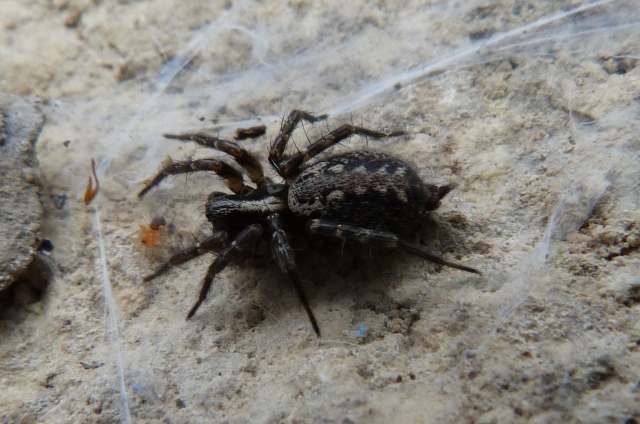 A common species in our gardens and such, this is Tetrix denticulata. The body pattern and the long spinarets at the end of the abdomen help identify it. It’s commonly found on the underside of stones and bricks etc. It is similar in appearence to what are commonly known as Wolf spiders one of which is below;
A common species in our gardens and such, this is Tetrix denticulata. The body pattern and the long spinarets at the end of the abdomen help identify it. It’s commonly found on the underside of stones and bricks etc. It is similar in appearence to what are commonly known as Wolf spiders one of which is below;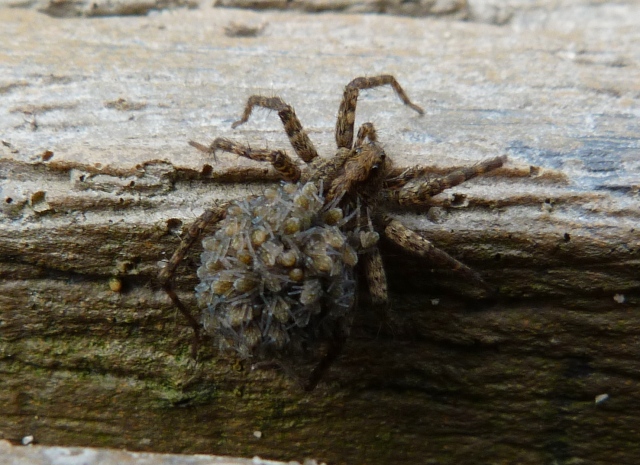 There are about 39 Pardosa species in Europe and examination of the genatalia is needed to identify them to species level. A very common species and probably the individual in the photo is Pardosa amentata. The female in the species carries its’ young on its’ back for a week or so after hatching.
There are about 39 Pardosa species in Europe and examination of the genatalia is needed to identify them to species level. A very common species and probably the individual in the photo is Pardosa amentata. The female in the species carries its’ young on its’ back for a week or so after hatching.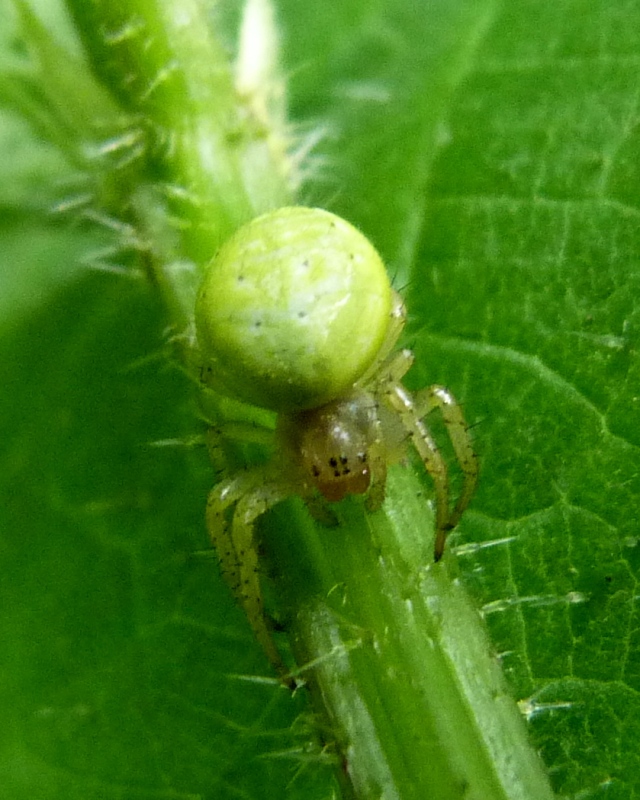 Now this species is most likely to be the Cucumber Spider (Araniella cucurbitina). There are however a few very similar species in appearance but this is the most common, followed by A. opisthographa. Examination of the genitalia is needed to confirm identify to species.
Now this species is most likely to be the Cucumber Spider (Araniella cucurbitina). There are however a few very similar species in appearance but this is the most common, followed by A. opisthographa. Examination of the genitalia is needed to confirm identify to species.
